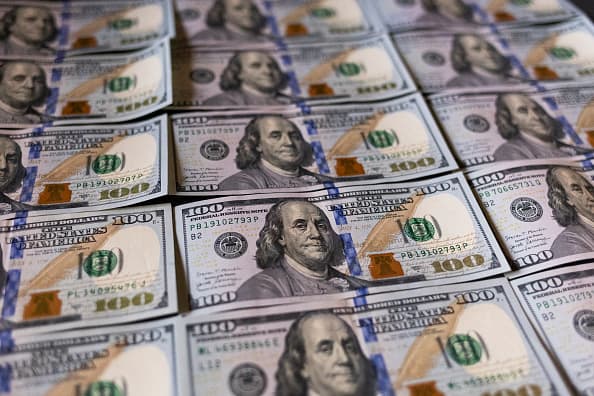
The dollar index gained ground after economic data showed U.S. labor costs increased more than expected in the first quarter amid a rise in wages and benefits, confirming the surge in inflation early in the year that will likely delay a much- anticipated interest rate cut later this year.
“The trend is still higher for dollar/yen, we really have to see either policy divergence sort of converge a bit, have the US bond market catch a more sustainable bid that takes dollar yen further off the highs, maybe produces a couple of weekly lower lows or some change in rhetoric from the BOJ, but I think it has to be the latter,” said Erik Bregar, director of FX and precious metals risk management, at Silver Gold Bull in Toronto.
Japanese officials may have spent some 5.5 trillion yen ($35.05 billion) in supporting the currency on Monday, Bank of Japan data suggested on Tuesday.
The Bank of Japan (BOJ) on Tuesday left its plan for monthly bond buying unchanged for May. Japan’s government bond (JGB) investors are looking for clues on the timing of a taper, which will lead to higher, more attractive yields, supporting the yen.
This comes as the Fed begins its two-day monetary policy meeting on Tuesday, where it’s widely expected to hold rates at 5.25%-5.5%, while comments from Chair Jerome Powell will be closely watched for signs of the central bank’s policy path in light of recent data on inflation and the labor market.
Markets have continued to push back expectations for the timing of a rate cut this year.
The dollar index gained 0.37% to 106.08, with the euro down 0.27% at $1.069. Sterling weakened 0.34% to $1.2518.
French and eurozone inflation data released on Tuesday boosts confidence the European Central Bank (ECB) will be able to start lowering interest rates in early June, said ECB policymaker Francois Villeroy de Galhau, while European Central Bank policymaker Pablo Hernandez de Cos said the ECB should start cutting interest rates in June if inflation continues its gradual decline as expected.
Euro zone inflation held steady as expected in April but a crucial indicator on underlying price pressures slowed.




